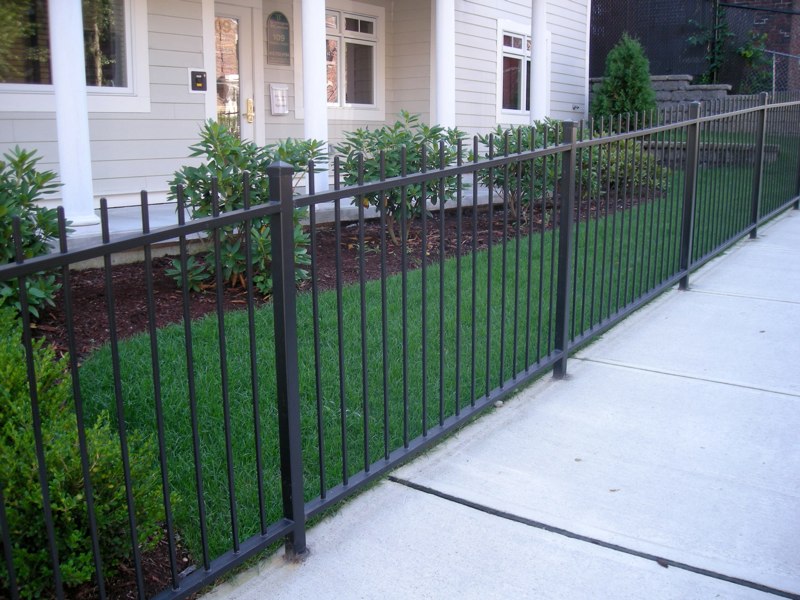Massachusetts was first in the nation when it comes to ironworks. In fact, Easton’s iron heritage started shortly before the American Revolutionary War. The well-known “Furnace Village” became a main iron working area. There were two main companies that made Furnace Village an economic powerhouse:
- Belcher Malleable Iron
- Drake Foundry
Some highlights of their history are as follows:
1773 – James Perry bought one-fourth ownership in the foundry. Later he purchased the entire works.
1776-1783 – Perry manufactured cannon and cannon balls for Continental Army.
1780 – A forge was built on the west end of the Old Pond dam. It was in addition to the foundry on the east side of the Pond.
1783 – Perry’s furnace was destroyed by fire.
1798 – Perry in extreme financial hardship had to mortgage his foundry. The mortgage was subsequently sold by Leonard, Green, and Dean to John Brown of Providence. He willed it to his daughter, Mrs. James Mason.
